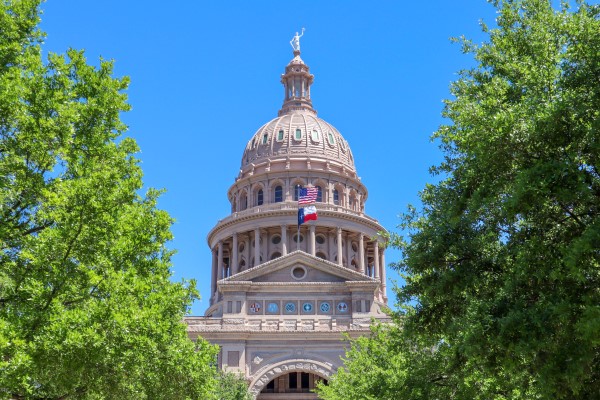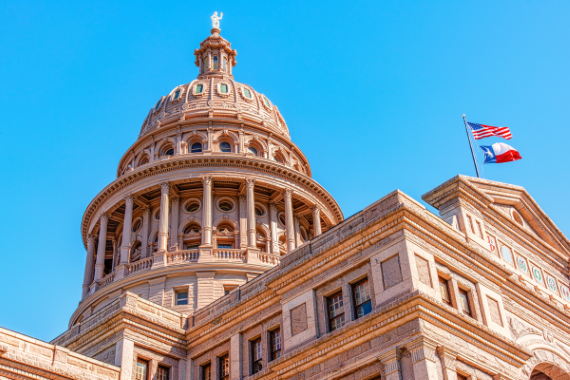Senator John Cornyn Discusses Financial Aid Outlined by CARES Act
Published Apr 02, 2020 by Julia McGowen
As many Houston-based employees and employers are suddenly faced with financial hardship due to unemployment and changes in business operations, these individuals and businesses are seeking immediate relief and stability.
In response to the COVID-19 health crisis, Congress has passed three bills to bolster resources for health care providers and support for workers and businesses who have been significantly impacted by the economic fallout. These bills are critical in fighting the virus and ensuring the economy is stabilized so that employers can continue operations in order to provide jobs and opportunity. On Friday, March 27, Congress passed and President Trump signed the third phase of the stimulus package, the Coronavirus Aid, Relief, and Economic Security (CARES) Act.
U.S. Senator John Cornyn joined the Partnership’s COVID-19 Houston Business Forum webinar series to discuss the main provisions outlined within the CARES Act. Here are three key provisions the monumental piece of legislation provides.
Funds to Support the Fight Against the Virus
One of the cornerstone pieces of the CARES Act is the $100 billion it provides to hospitals, providing additional support for public health agencies and greater access to telemedicine. An additional $16 billion was included to increase the availability of scarce and critical resources including masks, gloves and other equipment to keep health care providers and first responders safe. The Act also allows for an expedited process for making vaccines and treatments widely available and affordable.
Immediate Financial Aid for Individuals
As we face the start of the month, millions of individuals are faced with bills they will be unable to pay due to furloughs or layoffs. “The CARES Act sends direct financial help to Texans who need it most,” Senator Cornyn said. A family of four in Houston with a household income of $150,000 or less will receive $3,400 because of this legislation. The Act also expands unemployment insurance eligibility and provides an extra $600 a week in federal unemployment benefits on top of the state’s portion and extends the duration of unemployment eligibility through the end of 2020. “This provision gives people the resources they need to cover rent, bills, groceries, and other expenses until the smoke clears,” said Cornyn.
Ensuring Houston Area Businesses Stand Strong
Senator Cornyn noted that at no fault to many business owners, they are having to close their doors or dramatically shift operations to cope with the current circumstances, adding, “for most small businesses, it’s not feasible to go weeks – let alone months – without reliable income.” For small businesses with fewer than 500 employees, the bill establishes the Paycheck Protection Program through the SBA, which provides eight weeks of cash-flow assistance at a low-interest of 0.5%, which can cover payroll, rent, supply chain disruption costs. He added that if employers maintain their payroll through June, payroll, rent, and utility payments covered by the loan can be completely forgiven. The application process for the Paycheck Protection Program was announced on March 31, and applications can be submitted as early as Friday, April 3. These loans will be available through all SBA-certified lenders, including local banks and credit unions. Those seeking these loans should contact their banks or credit unions and are encouraged to submit applications as quickly as possible. Cornyn added that loans for businesses with more than 500 employees will be made available through the federal reserve.
Before concluding the session, Senator Cornyn reminded participants that for the Houston area, this is not our first crisis, and “while this crisis presents tough and uncharted challenges, Texans will get through this and be stronger on the other side.”
In an effort to build a business-led recovery initiative for the greater Houston region, the Partnership has established the Greater Houston Business Recovery Center (GHBRC), which will provide guidance on policy and financing related to recovery program, learn more about the center here. We also encourage you to visit the Partnership's COVID-19 Resource page for updates, guidance for employers and more information. And sign up for daily email alerts from the Partnership as the situation develops.
 The Houston Report
The Houston Report


















